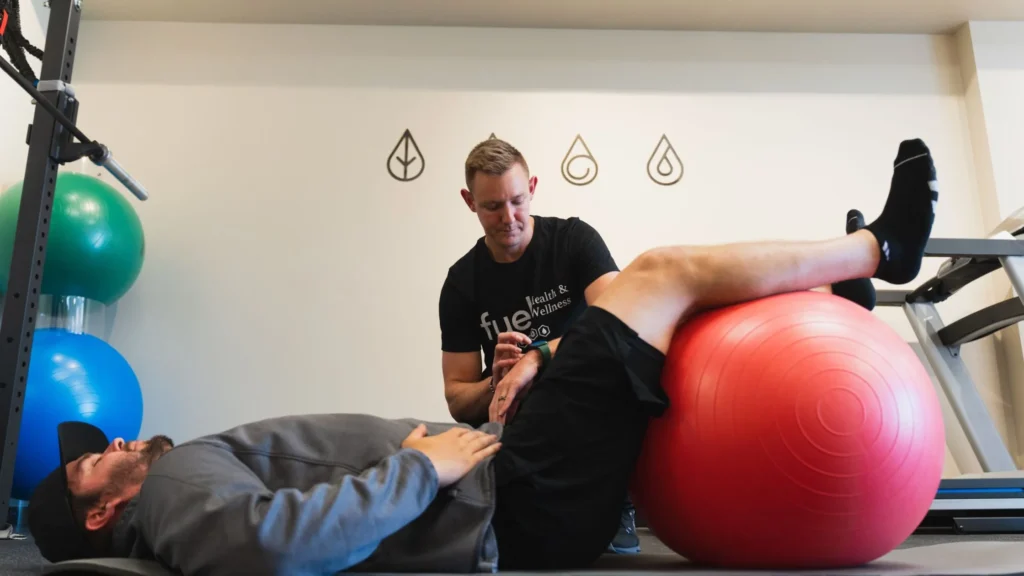Navigating the fields of athletic injury prevention and recovery often brings up two distinct but related specialties: sports medicine and physical therapy. Both disciplines focus on helping individuals maintain and regain physical function, particularly after an injury. Understanding the specific roles of each field and how they interact can provide a clearer path toward recovery and enhanced performance. For athletes and active individuals, understanding the connection between these two areas of healthcare is a practical step in managing physical well-being.
What Is Sports Medicine?
Sports medicine is a specialized area of healthcare that addresses the physical fitness, injury prevention, and treatment needs of individuals engaged in sports and exercise. It is not limited to professional athletes; it also serves amateur athletes and anyone who leads an active lifestyle. Practitioners in this field receive specialized training to help individuals enhance their athletic performance, recover from injuries, and prevent future problems. The scope of sports medicine is broad, encompassing a wide range of health-related aspects.
The field brings together a range of professionals, including physicians, surgeons, and athletic trainers. These specialists work to diagnose and manage musculoskeletal injuries, such as sprains, strains, and fractures. Their work often involves non-operative treatments, but they are also trained in surgical procedures when necessary. The primary goal is to return the individual to their desired activity level safely and efficiently. This approach covers everything from initial diagnosis to the final stages of recovery management.
How Does Physical Therapy Help?
Physical therapy focuses on restoring movement and function for those affected by injury, illness, or disability. Physical therapists create personalized treatment plans to help manage pain and improve mobility, addressing specific challenges and promoting long-term health and well-being. They employ tailored techniques to support recovery, tailored to each patient’s specific condition and goals. Some common approaches include:
- Therapeutic Exercise: This involves specific movements and exercises designed to strengthen muscles, improve flexibility, and restore range of motion in affected joints.
- Manual Therapy: Therapists employ hands-on techniques, such as massage and joint mobilization, to alleviate pain, reduce swelling, and enhance tissue mobility.
- Patient Education: A key component is teaching individuals about their condition and providing strategies to prevent re-injury and manage symptoms independently.
Through a combination of these methods, physical therapy helps rebuild strength and function. The process empowers patients to take an active role in their own recovery. This provides them with the necessary tools and knowledge to maintain sustained physical health.
Where Do the Two Overlap?
Sports medicine and physical therapy often work hand-in-hand, fostering a collaborative approach to patient care. This partnership is particularly evident during the rehabilitation process following an injury.
Diagnosis and Recovery
A sports medicine physician typically diagnoses the injury and then refers the patient to a physical therapist for a structured recovery program. Together, they create a comprehensive treatment plan that balances medical management and functional restoration.
Shared Goals for Patient Recovery
Both fields share the common goal of helping individuals return to their activities safely, while minimizing the risk of future injuries. The sports medicine specialist focuses on the medical aspects, while the physical therapist oversees physical rehabilitation.
Seamless Collaboration for Better Outcomes
This collaborative model provides a smooth transition from initial treatment to full recovery. Open communication between the physician and therapist enables adjustments to the treatment plan based on the patient’s progress, leading to the best possible outcome.
Consult a Specialist
Understanding the roles of sports medicine and physical therapy can help you make informed decisions about your health. If you are dealing with an injury or looking to improve your physical performance, seek professional guidance. A specialist can provide a thorough evaluation and recommend a course of action tailored to your specific needs. To learn more about how these fields can support your activity goals, consult a qualified healthcare provider for guidance.



